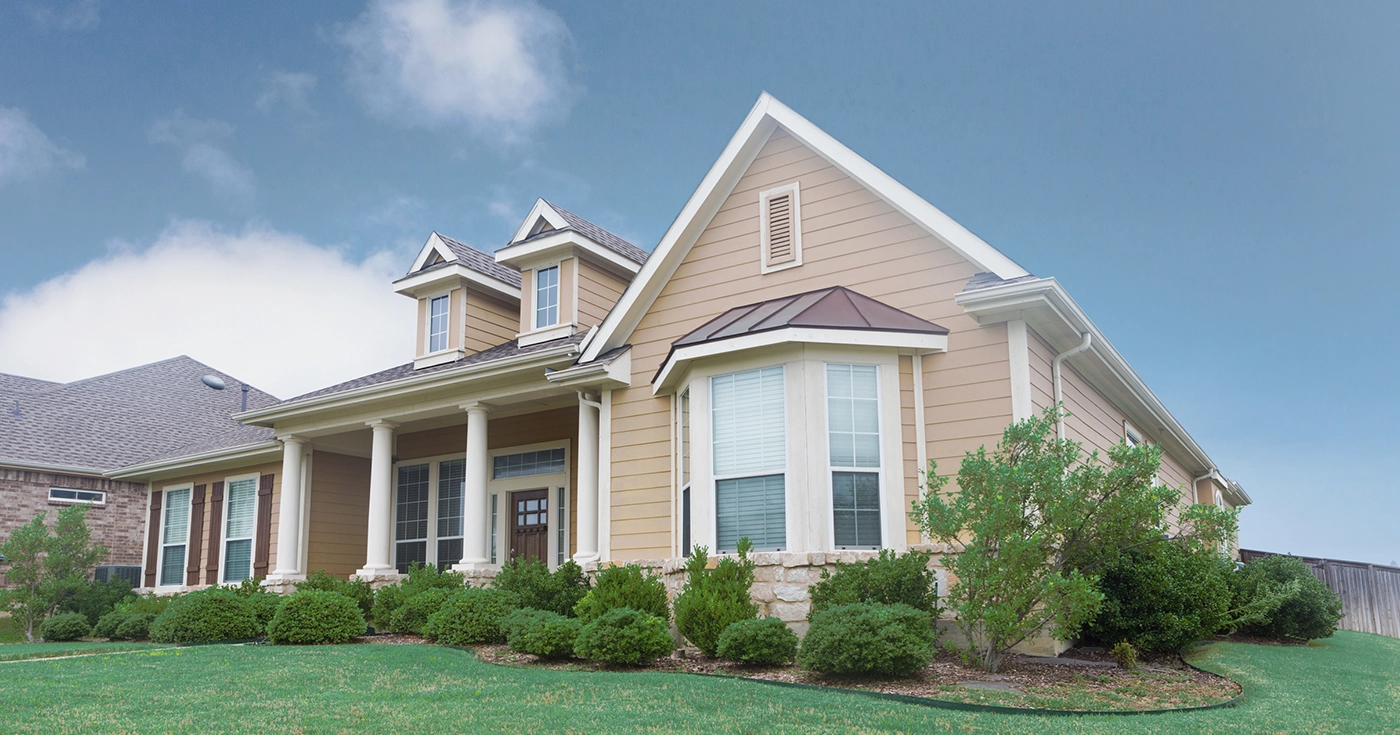
5 factors that can make a property’s price rise or fall
Last Updated on 26 September 2025 by Equipo Urbanitae
The dynamism of the Spanish housing market is causing both rentals and purchases to undergo a significant shift in property prices. A report by CaixaBank Research confirms that, from June 2024 to June 2025, 700,000 sales were recorded in Spain, 19.7% more than in the first half of the previous year, which has a direct impact on prices.
The value of a property is not static, nor is it determined by just a few specific elements. Instead, there are countless variables of different types which, no matter how insignificant they may seem, can push a home’s valuation up or down. From the most obvious factors, such as size or location, to less evident ones like layout, or the condition and maintenance of common areas.
In any case, the basis for calculating the appraisal price of a property must take into account the price per square meter in the area, using as reference the surface recorded in the deed of sale. It is important to note that the reference must be the built area verified by the appraiser — that is, not the usable square meters, but the total built area, including common elements. This information can be checked in the land registry.
Knowing which elements have the greatest influence when calculating value can be very useful if you are considering making a real estate investment, carrying out a renovation, or even renting or selling your own property.
1. The location of the property
Location will always be one of the most decisive factors in the final valuation. A central area with good public transport connections, shopping centers, or healthcare facilities will always be more attractive. Proximity to schools and sports facilities, as well as cultural and leisure offerings in a well-kept, clean, and safe neighborhood, raises the value of any apartment or house. In addition, the exact setting is key: an apartment with open views, facing a pedestrian street or low-traffic area, creates a much better first impression than one located in a noisy and polluted area, which will directly affect its value.
2. The condition of the property and its common areas
Obviously, the size or year of construction are key elements when valuing a property, but there are also other factors not to be overlooked: ceiling height, the structural condition of the building, or the state of common areas. In this respect, the presence of damp or cracks in the building, even if not inside the apartment itself, is not viewed positively, since they may indicate structural or insulation issues and, therefore, costly repairs in the future. To detect possible problems, which are not always visible at first glance, it is advisable to request the minutes of the homeowners’ association to review them in advance.
3. Renovations that add more value than their cost
A property can significantly increase in value if renovations are carried out that improve its usable space and functionality, even beyond the cost of the renovation itself. Generally, when buying a property, potential buyers look for homes that are in good condition and do not require large repair investments.
If a renovation is not a feasible option, there are alternatives: using home staging techniques, which consist of preparing a room to make it look more attractive and open, in order to capture the attention of a wider range of buyers, or creating renders to help visualize renovation potential. These are good strategies when putting a property up for sale and can also help investors understand its possibilities.
Moreover, an efficient distribution of square meters, natural light, and orientation can be crucial. A well-distributed space with large rooms will be more highly valued than one of the same size but with too many small rooms. Functionality is a growing asset.
4. Amenities and additional services
A property with common areas, storage rooms, parking spaces, a terrace, private garden, or swimming pool will have much higher potential when valued. These features provide comfort, functionality, and convenience, and in recent years they have become decisive factors for many homebuyers.
Other features can also make a difference. For example, easy access to elevators to ensure accessibility, designated garbage disposal areas, or common spaces prepared for hosting private events.
5. Its potential for future appreciation
The potential for future appreciation is a key aspect to consider in the real estate market, so determining the right time to buy, sell, or rent a property cannot be based solely on current prices.
Anticipating the market is not easy, but it becomes more manageable by learning how to identify early signals that indicate increasing demand. The potential improvement of infrastructure in the area, as well as the development of new residential projects, has a direct impact on the value of a location, thereby boosting its attractiveness.

